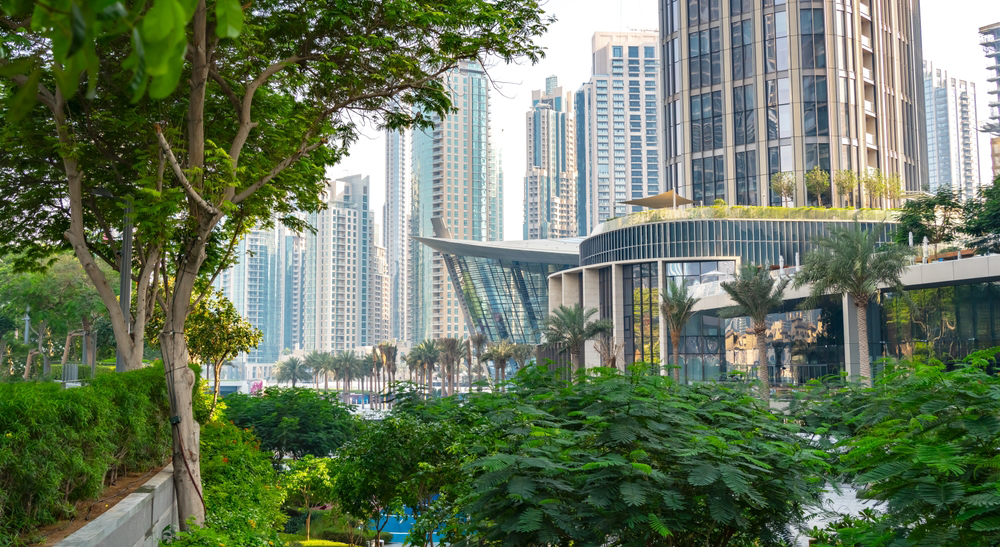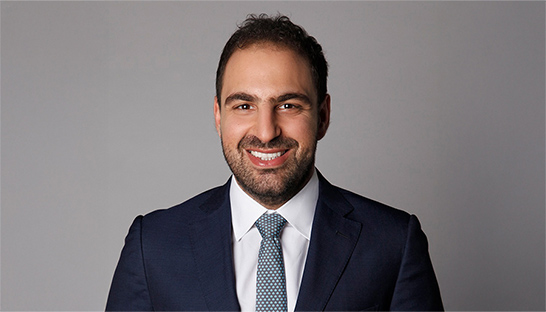
Sustainability has become a familiar part of the development conversation in the Gulf. It is now standard to talk about net-zero goals, efficient building design, and stakeholder engagement. These are positive steps, but in a fast-changing world, they are no longer enough, writes Maurice Salem, Principal at strategy consultancy Arthur D. Little.
What comes next is not just an upgrade to existing practice. It is a shift in mindset. Regenerative development moves us beyond managing environmental harm and towards enhancing the ecosystems and communities we are building in. It allows us to reframe development not as a cost to be contained, but as a source of potential value creation.
Recently within the environmental conversation, we see regenerative development not as an idealistic model but as a practical one. It is rooted in the idea that every project exists within a complex living system, a place with a specific culture, history, and environment. Rather than applying generic solutions, regenerative development begins with understanding that place. From there, it seeks to deliver positive outcomes across environmental, social, and economic dimensions.
This approach is particularly relevant for the Gulf, where billions are being invested in tourism, real estate, regional development, and infrastructure as part of long-term national visions. These projects are designed to shape the identity and competitiveness of entire regions. That is exactly why the development process must go deeper than compliance. It must unlock resilience.
The economic case is clear. Green buildings already demonstrate up to 50 percent in energy savings and 30 to 50 percent in water efficiency compared to conventional structures. Regenerative buildings go further. They are designed to evolve with their environment and the communities they serve. This lowers long-term operating costs, mitigates regulatory risks, and attracts tenants and investors who are looking for future-ready assets.
Tourism
In tourism, the shift is already underway. Travelers increasingly value authenticity, community connection, and ecological impact. According to Booking.com, 43 percent of global travelers are willing to pay more for sustainable travel.
Regenerative tourism speaks to this growing segment by creating experiences that are grounded in place and culture. These projects tend to keep more money in local economies, create longer guest stays, and support job creation through local supply chains.

But regenerative development is not just about tourism. In British Columbia, the Iona Island wastewater project brought together Indigenous communities, engineers, architects, and local government to co-design a vast facility that would serve 750,000 residents. The result was not only a high-performing infrastructure project but also a long-term reconciliation process that saved millions in legal costs and restored trust between stakeholders.
This kind of integrated, participatory planning can be applied across sectors.
Gulf can lead in regenerative
GCC countries are well positioned to lead. We have the capital, the ambition, and the policy frameworks to support this shift. Many projects, from NEOM in Saudi Arabia to the UAE’s Green Agenda, already reflect elements of regenerative thinking. The opportunity now is to formalise and scale that thinking across industries.
Even for projects that have moved beyond the planning stage, it is possible to revisit assumptions. This means working with local communities, re-examining governance structures, and measuring impact across cultural, environmental, and economic metrics. What matters is not starting from scratch but starting from the right questions.
- What is the long-term purpose of this place?
- What systems are already at work here that we can build on?
- How can development leave this place stronger than it found it?
These are the questions that will truly define competitive advantage over the next decade.
Regenerative development gives GCC countries the tools to lead globally while delivering locally. It moves us from a risk-avoidance or compliance mindset to one of opportunity or value creation. It delivers stronger, more measurable outcomes – environmentally, economically, and socially. But it also delivers something harder to quantify and harder to ignore: meaning.
In a region betting big on the future, that distinction matters. The question is no longer whether to move past sustainability, it’s how far regenerative development can take the Gulf’s ambitions
link






More Stories
Management Consulting Services Market Is Booming So Rapidly |
Healthcare Consulting Services Market Size, Growth Trends 2034
Resilience the top quality for business leaders, survey reveals